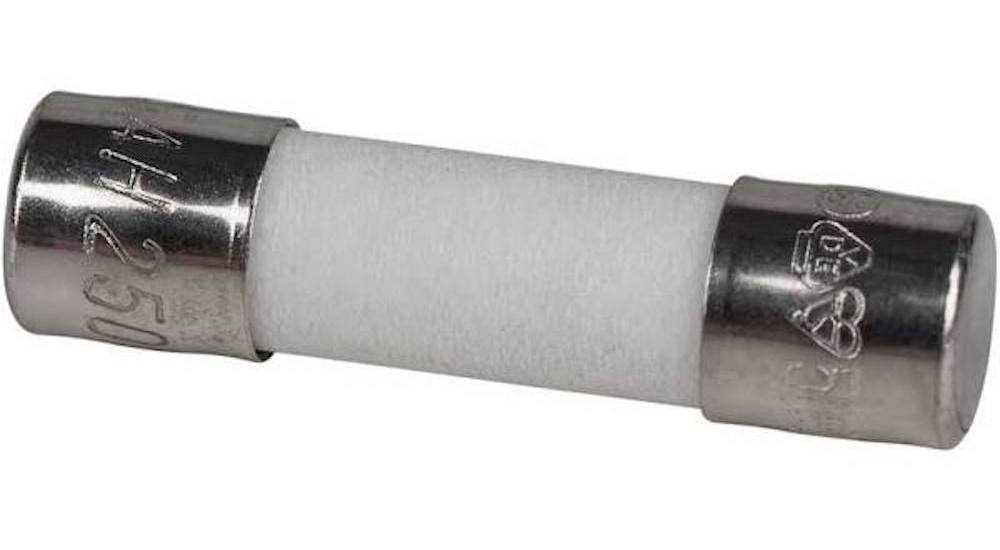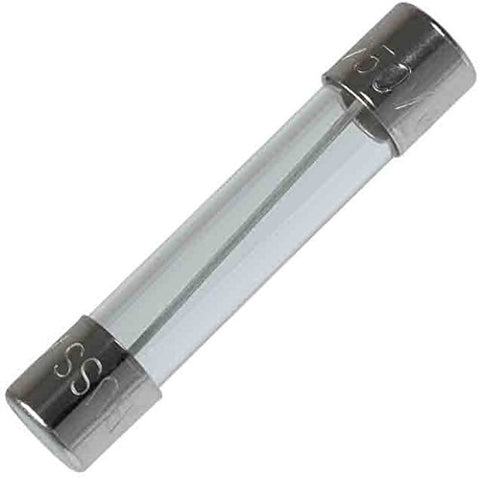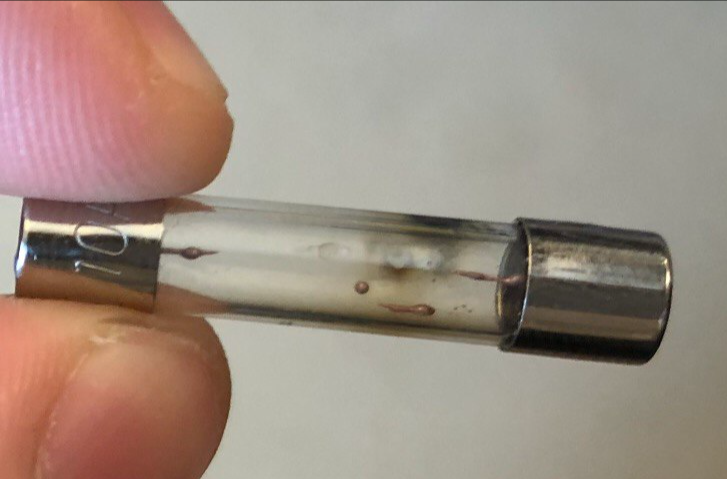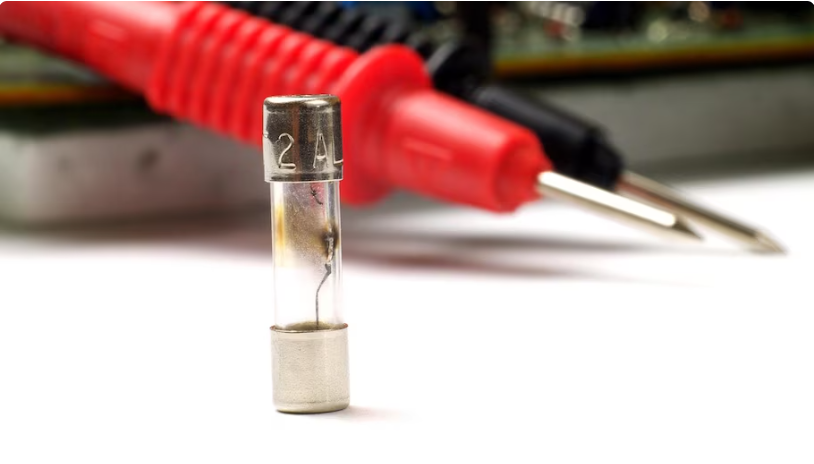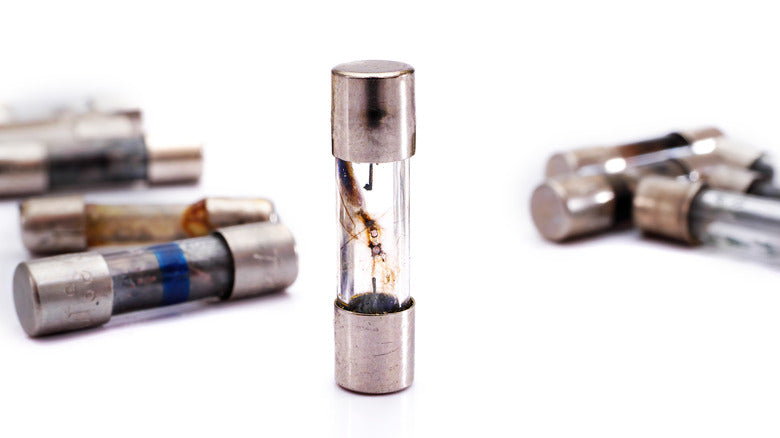Replacing a blown fuse
Got a blown fuse but aren't sure about a replacement? Here is a video and simple guide on choosing a correct replacement based on part number, material and dimensions.
Deciphering the part number:
The part number will be stamped on one end cap of the fuse. Each element is shown below.
|
Speed: F = Fast Acting T = Time Delay |
Current Rating: 1A, 5A, 32mA (.032A) |
|
Breaking Capacity: L = Low (glass or ceramic) H = High (ceramic) |
Voltage Rating: 125V 250V |
So based on the chart:
T1AL250V - time delay, 1 amp, glass, 250 volts
F5AH125V - fast acting, 5 amp, ceramic, 125 volts
Fast acting is sometimes listed as quick blow. Time delay is sometimes listed as slow blow.
The voltage rating must match or exceed the one stamped on the fuse. 250V fuses can replace both 125V and 250V fuses. In the example above the 5A fuse can be replaced by a 250V fuse.
NOTE: Voltage does not affect the physical size of the fuse. Please see below for different dimensions.
Material:
|
|
|
Dimensions:
These types fuses come in 3 standard measurements as well as with axial leads. If you are replacing axial fuses you can use a larger fuse size to replace the blown fuse, provided you have the space to fit the larger dimensions.
|
 
|

|
 |


